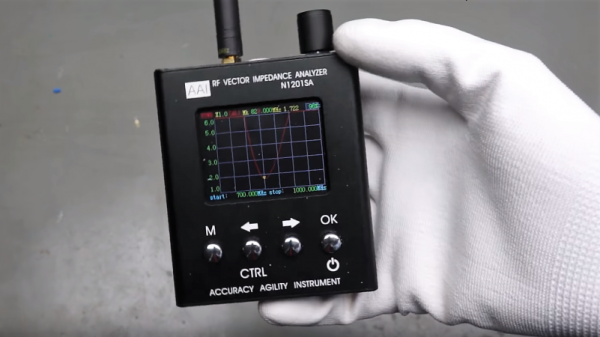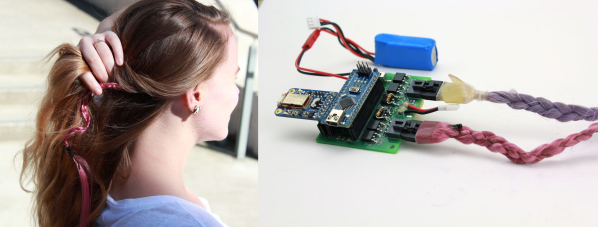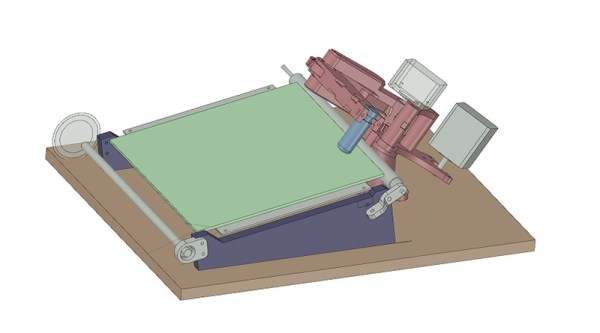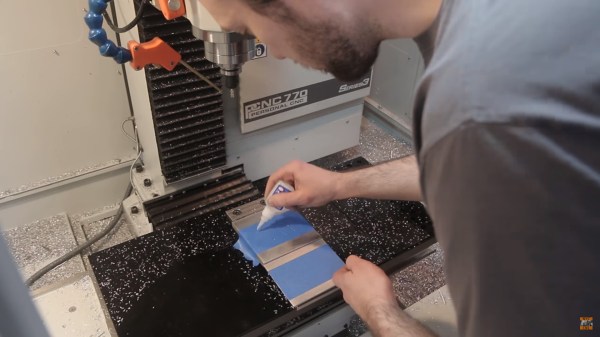Today, Apple is known for iPhones, iPads, and a commitment to graphical user interfaces. But that wasn’t how it all started. The original Apple was a single board computer built around a 6502. In 1976, you could snag one for $666.66, but you needed to supply your own TV, power supply, and keyboard. [Alangarf] didn’t have an Apple 1, but he did have a 6502 CPU core for FPGAs from [Andrew Holme] that he fleshed out to an Apple I clone with a VGA output and PS/2 keyboard port. The project works with either an iCE40 board or a Terasic DE0 board. You could probably port it to other similar FPGAs.
This is much more practical than trying to find an original, as Apple bought a lot of the old boards back and destroyed them. According to the Apple-1 Registry there are only about 71 of the boards still in existence, and that’s with the annotation that 4 of those may be lost and 8 might be duplicates. We’ve heard that of those there are only six that actually still work.





















